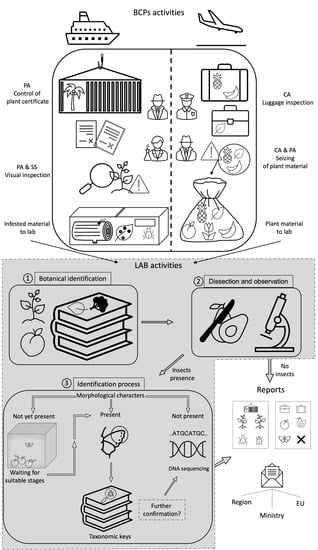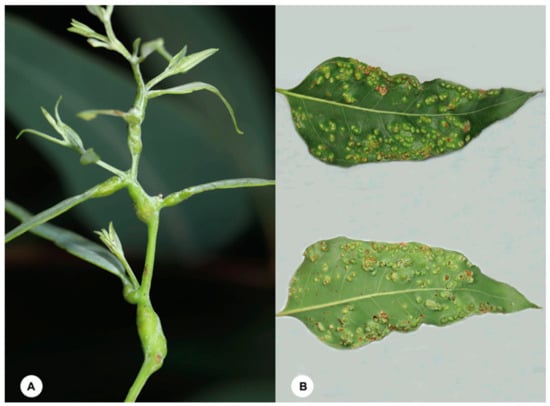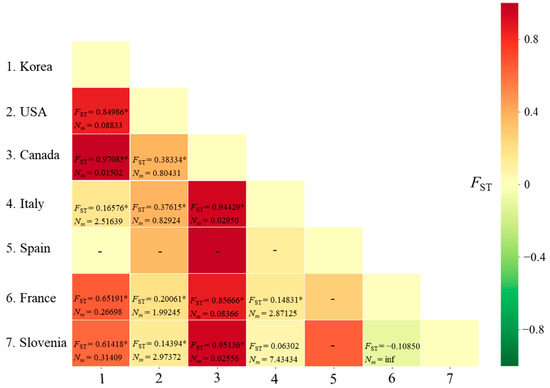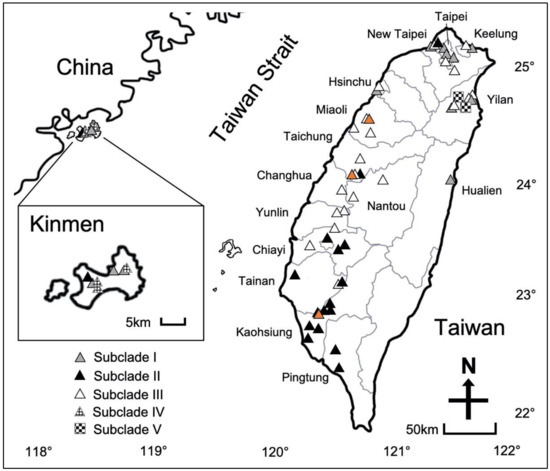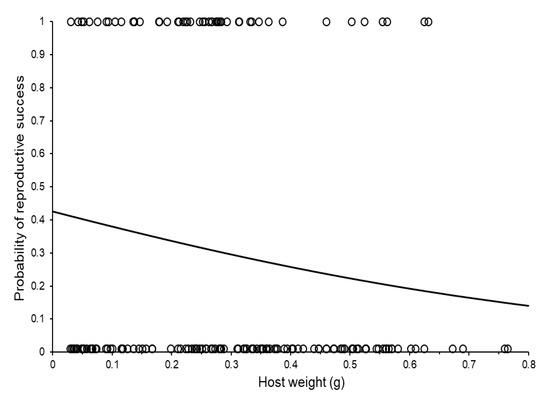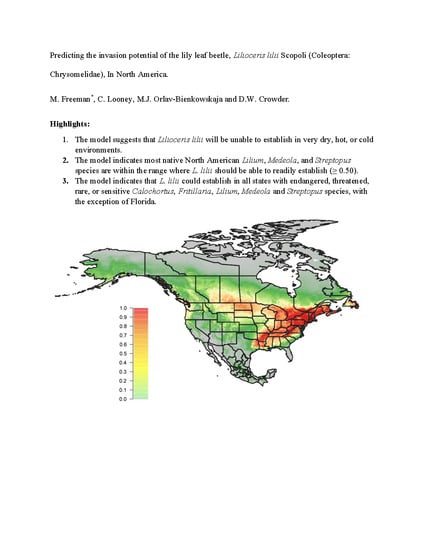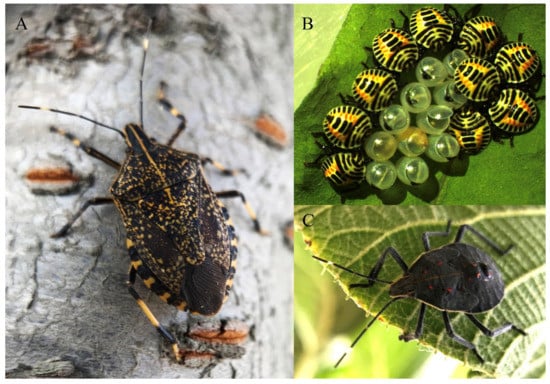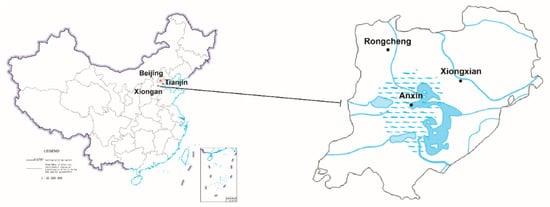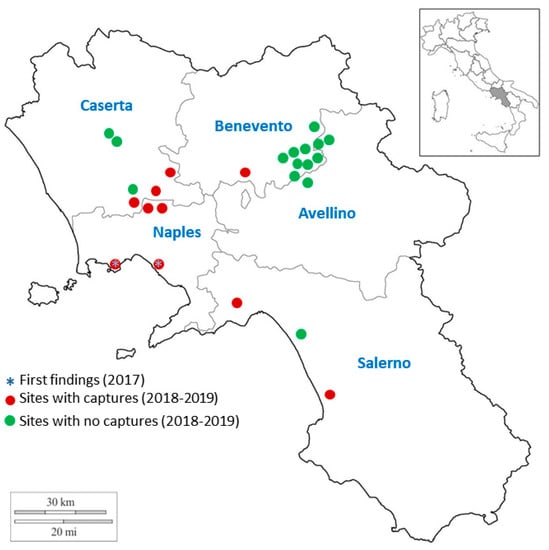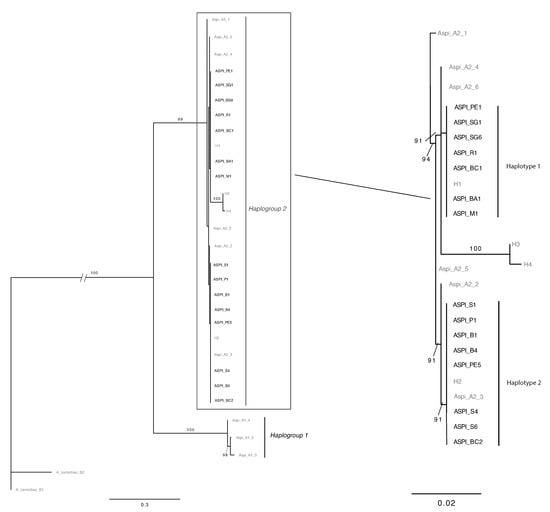The Borderless "Bug" Characterization of Invasive Insect Species: The First Step for Their Control
A topical collection in Insects (ISSN 2075-4450). This collection belongs to the section "Insect Pest and Vector Management".
Viewed by 39583Editors
Interests: biological control; endosymbionts; integrative taxonomy; invasive species
Special Issues, Collections and Topics in MDPI journals
Topical Collection Information
Dear colleagues,
The number of invasive insect species is continuously rising at the global level. As this process is a continuous one, the acquisition of information about invasive species also requires an incessant effort. Even if the majority of these species in their native area are well known and characterized, both genetically and biologically, when they establish in a new environment, they can undergo molecular, biological and ecological changes and adaptations that are still poorly characterized and whose mechanisms are largely unknown.
In addition to well-studied invasive species, often found in quarantine lists, many others are still poorly or even completely uncharacterized. These species, arriving in a new territory without a long period of coevolution with the complex of natural antagonists and with their hosts, succeed in imposing themselves and becoming harmful.
The in-depth knowledge of morphological, biological, ecological, and genetic characteristics of invasive insects in both native and introduced areas is a critical first step toward their management.
This Special Issue will focus on contributions that can provide an integrative characterization of invasive insects and their new antagonists, representing the foundation in the development or the improvement of control strategies.
Dr. Umberto Bernardo
Dr. Marco Gebiola
Collection Editors
Manuscript Submission Information
Manuscripts should be submitted online at www.mdpi.com by registering and logging in to this website. Once you are registered, click here to go to the submission form. Manuscripts can be submitted until the deadline. All submissions that pass pre-check are peer-reviewed. Accepted papers will be published continuously in the journal (as soon as accepted) and will be listed together on the collection website. Research articles, review articles as well as short communications are invited. For planned papers, a title and short abstract (about 100 words) can be sent to the Editorial Office for announcement on this website.
Submitted manuscripts should not have been published previously, nor be under consideration for publication elsewhere (except conference proceedings papers). All manuscripts are thoroughly refereed through a single-blind peer-review process. A guide for authors and other relevant information for submission of manuscripts is available on the Instructions for Authors page. Insects is an international peer-reviewed open access monthly journal published by MDPI.
Please visit the Instructions for Authors page before submitting a manuscript. The Article Processing Charge (APC) for publication in this open access journal is 2600 CHF (Swiss Francs). Submitted papers should be well formatted and use good English. Authors may use MDPI's English editing service prior to publication or during author revisions.
Keywords
- antagonists
- morpho-bio-molecular characterization
- Integrative taxonomy
- Invasive







